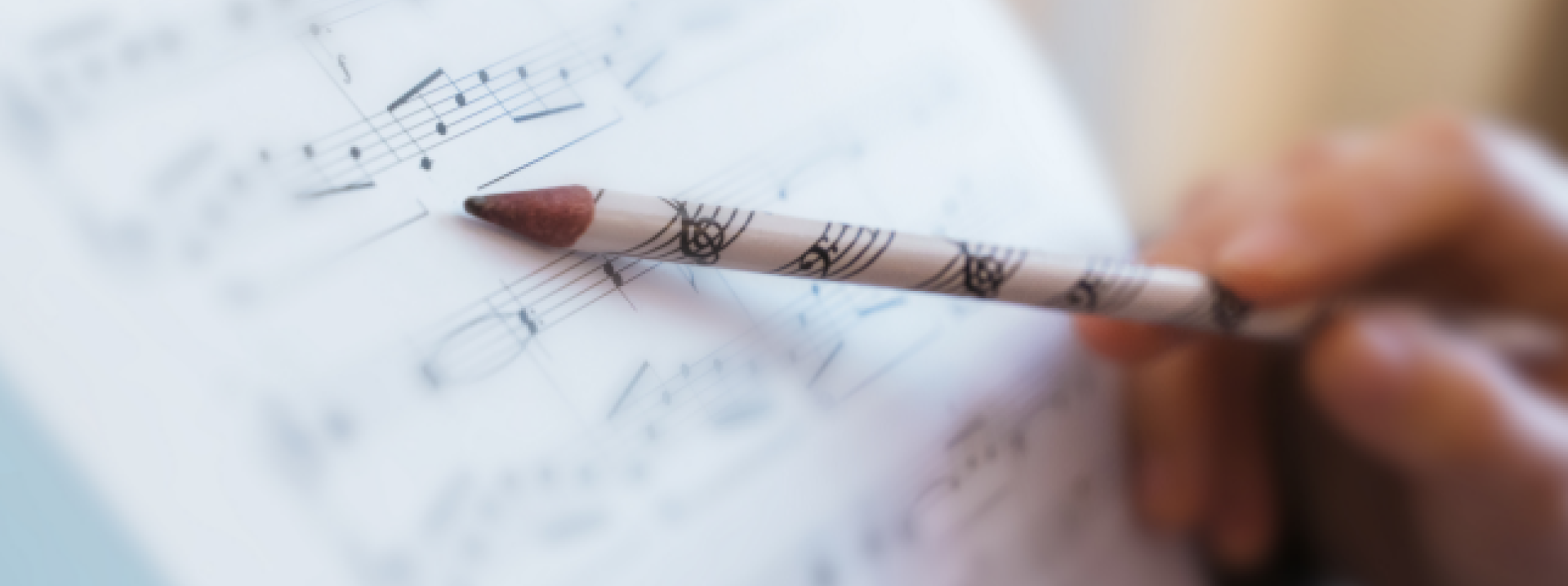Sheet music
Musical contribution – February 2023

Allegro (2nd Movement from Concerto in B flat) G.F.Händel (1685-1759)
(LiVE Sampleset: Amsterdam, Vater-Müller)
Händel was born on 23 February 1685 in Halle (Germany). He didn’t settle permanently in London until 1712. As a talented violinist, harpsichordist and organist, he lived in Italy from 1706 to 1709, where he became familiar with a new composition form; the Concerto. What particularly appealed to Händel was the possibility of improvising during the solo sections.
Later, once he had become a celebrated composer of operas, he eagerly used the inspiration gained in Italy. During the intermission at concerts of his famous operas, he and part of the orchestra played the Concertos he’d composed, with Händel playing the organ part himself. The audience delighted in this.
We would like to offer four movements in the coming period, starting with an Allegro. Later it will be revealed that this is the second movement.
A separate movement from a Concerto usually uses two registration settings:
-Tutti the entire orchestra (incl. or excluding the solo instrument)
-Solo solo instrument with small accompaniment (only solo for keyboard instruments)
In an Allegro, the tutti is usually forte, but you could also decide to take into consideration the period in which the work was composed. The registration for the solo part would then be on a different manual. Usually with a light touch: 8+4, 8+4+2, 8+2. These are the most logical combinations. If you are using a 3-manual organ, you also have the option of using 2 manuals during the solo. The HW then simply remains with a forte sound. For example, on the SW an accompaniment of 8+4 and on the Pos. a combination using a higher foot size.
This is something to really enjoy and, as the reviews stated in Händel’s time, it is pure amusement.
Kind regards,
André